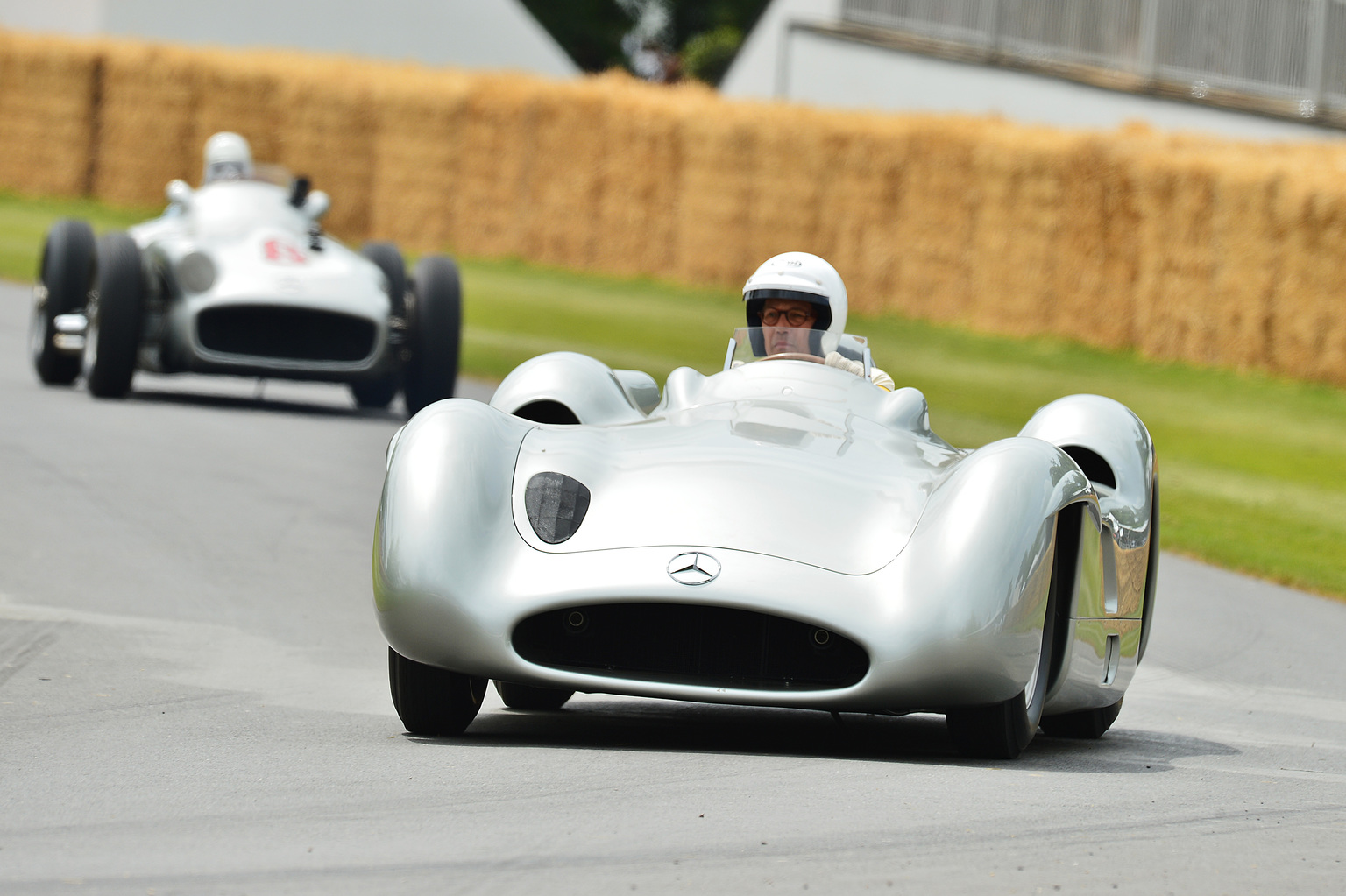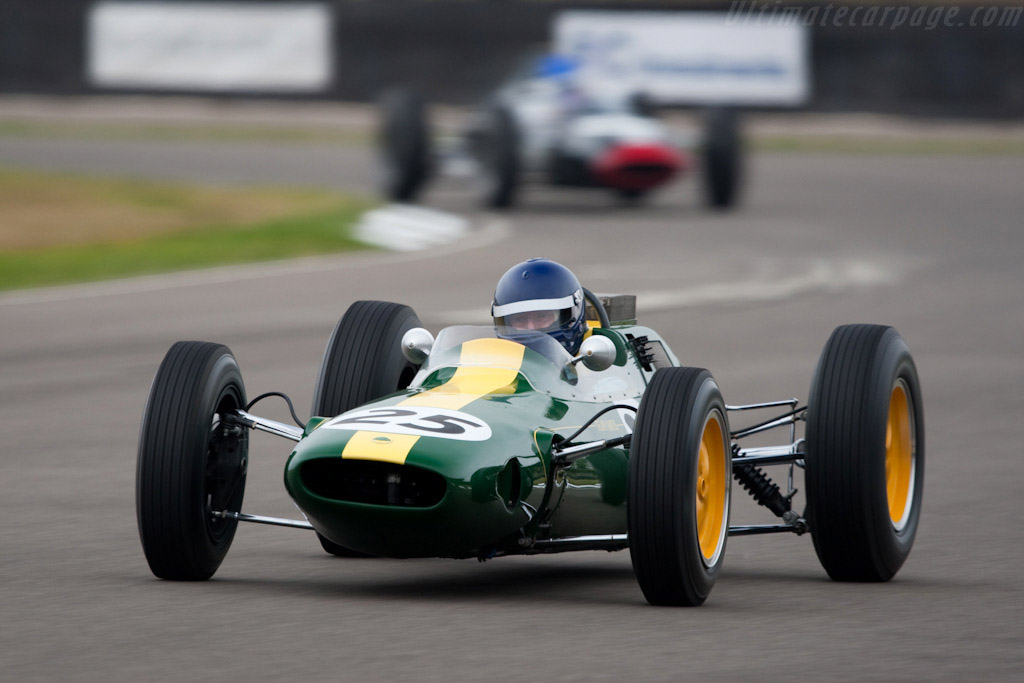Steering through the annals of motorsport history, it's hard not to marvel at the technological symphony that is Formula One (F1) racing. These machines, considered the epitome of racing engineering, stand as a testament to mankind's undying pursuit of speed, precision, and innovation. From the roaring engines of the mid-20th century to the sleek aerodynamic masterpieces of today, F1 cars are more than just vehicles; they're evolving stories of human ambition and ingenuity. As we embark on this journey to trace their evolutionary arc, we find a rich tapestry of design, mechanics, and sheer will, all converging to define the exhilarating world of F1.
- Blogs
- Automobiles
- The-evolution-of-f1-cars-over-the-decades-64f9a51614e5bf0001286d8f
The Evolution of F1 Cars Over the Decades
F1 • 7 Sept, 2023 • 1,50,660 Views • ⭐ 5.0
Written by Shivani Chourasia

From Humble Beginnings: Alfa Romeo 158 Alfetta

Launched in 1938, the Alfa Romeo 158 or Alfetta showcased what would become the spirit of F1. Despite its lack of advanced weight-saving tech, the Alfetta's 1.5-liter engine boasted a robust 296 hp, making it a force on the race track. Under the expertise of Juan Manuel Fangio, it clinched 47 victories in 54 races.
Mercedes-Benz W 196: Fuel Tech Advancements

In 1954, Mercedes-Benz introduced the W 196, capitalizing on new regulations. Its 2.5-liter straight-8 engine, equipped with desmodromic valves, gave it a significant edge, resulting in 9 wins from 12 races, with legends like Stirling Moss at the helm.
Innovations in Chassis: Lotus 25

The Lotus 25 broke ground in 1962 by incorporating a monocoque chassis, adding strength without the weight. Additionally, its partnership with Esso marked a significant step in fuel tech. Jim Clark harnessed its power to secure 14 Grand Prix wins.
Sidepods Introduction: Lotus 72

Learning from past designs, the Lotus 72 was born with a mission to dominate the 1970s. This was the first car to reposition its radiators to the side, a marked departure from the traditional front positioning, leading it to significant track success.
Transition to Slicks: Ferrari 312B2

1971 saw the Ferrari 312B2 replace traditional tires with slicks, improving grip. Despite their ban between 1998-2008, slick tires made a return, reinforcing their importance in racing.